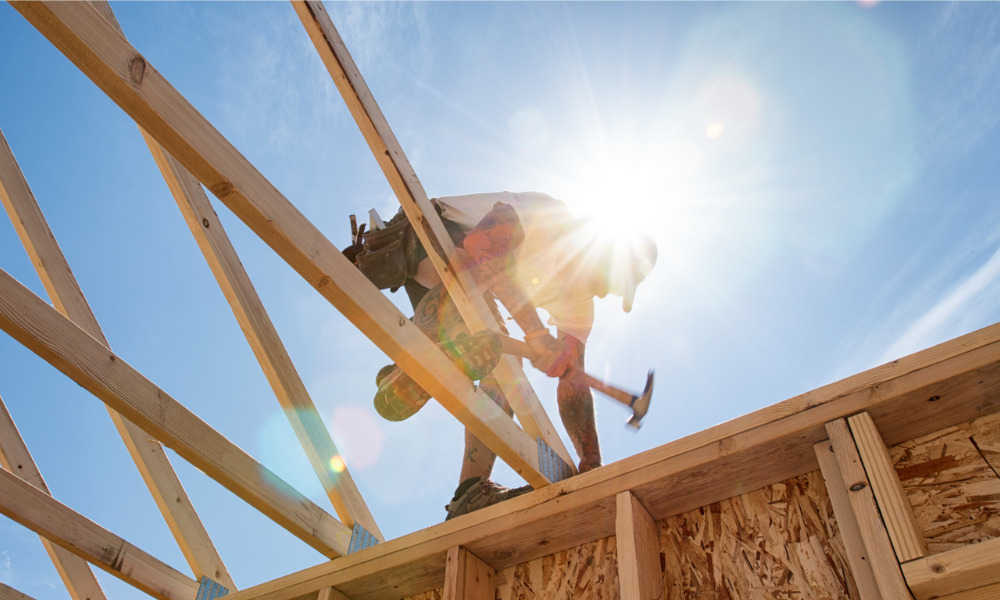The annual number of home consents surpassed 50,000 again in April, while the number being issued began to flatten out

Consents for new homes dropped by 8.5% in April, while the number being issued has started to flatten out, new figures showed.
Read more: Record new homes consented in New Zealand
Compared to 5,303 in March, 3,719 new homes were consented nationwide last month, Stats NZ’s latest figures showed. That was down 8.5% after rising 6.2% the previous month, once seasonally adjusted.
In the year to April, however, 50,583 new homes were consented, which was up 18% and the second time the annual number of consents had passed 50,000, Stuff reported.
Of those consents, 25,687 were for multi-unit homes, up 33% on April last year, while 24,896 were for stand-alone houses, up 5.7%.
Multi-unit homes include townhouses, apartments, retirement village units, and flats.
Michael Heslop, Stats NZ construction and property statistics manager, said it was the second time since March that there had been more consents for multi-unit homes than stand-alone houses in a 12-month period.
“In the past five years the annual number of multi-unit homes consented has almost tripled, from 9,192 in the year ended April 2017 to 25,687 in the year ended April 2022,” Helspon told Stuff.
Having the most new homes consented was Auckland, followed by Canterbury and Waikato, but the number of homes consented per 1,000 residents was highest in Canterbury at 13.1. This compares to 12.5 in Auckland and 10.2 in Waikato.
Read next: Consent figures up in November
Satish Ranchhod, Westpac senior economist, said last month’s pull-back in consents was expected after the spike in medium-density consents in March. Looking at the longer-term trend, however, revealed that while the number of new homes being consented remained high, monthly consent issuance had flattened off, he said.
“We expect consent issuance will remain around current elevated levels for some time yet, but we don’t expect further significant increases in consents as the economic incentives for housing development continue to shift,” Ranchhod told Stuff.
The housing market has turned, with prices nationwide seeing a 5% drop since their peak in November as well as a decline in sales. Building costs also increased strongly while interest rates were on the rise.
While these combined factors would put the brakes on a number of new projects coming to the market, Ranchhod expected building activity to remain strong over the coming year.
“Shortages of materials and staff mean building activity has not kept pace with consents, and completion times have stretched out. That’s left us with a large pipeline of projects,” he said.
Ranchhod noted that along with the surge in building activity, population growth had plummeted, while the housing shortages that developed in many regions were now being rapidly eroded.
“With net migration set to remain subdued for some time yet, that signals a very different balance between physical demand and supply in the housing market over the coming years,” he told Stuff.
While Ranchhod did not expect an “over-building” of homes, he said supply shortages would not likely play the same role in shaping market conditions that they did over the past decade.
New experimental figures released by Stats NZ, meanwhile, indicated that it currently took over a year on average for consented new homes to be built, Stuff reported.



